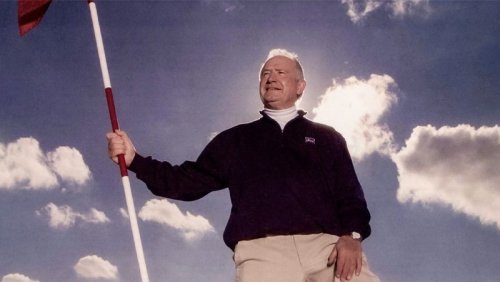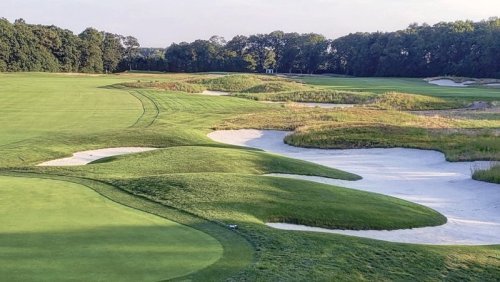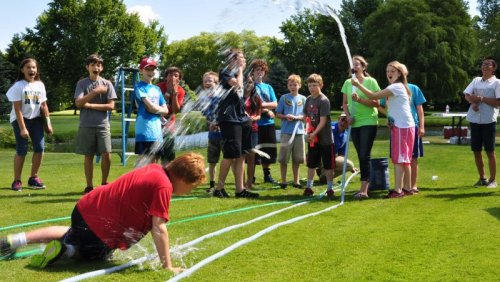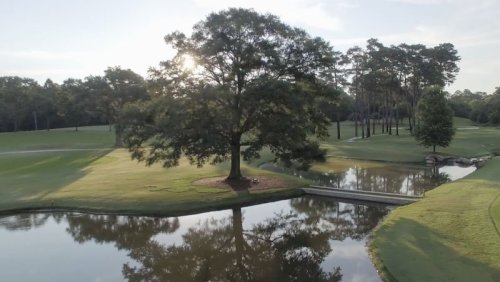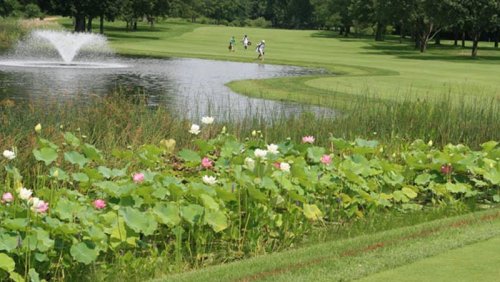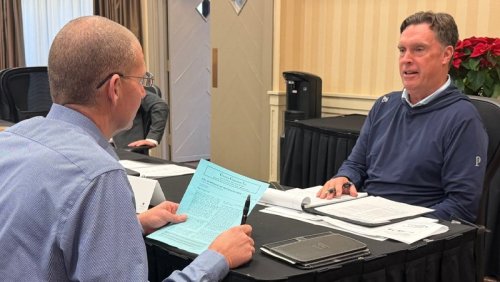
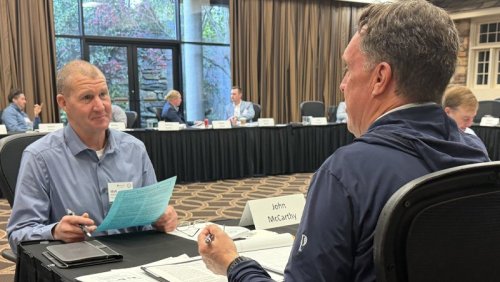
With the help of faculty from the Wake Forest University business school, the company has brought non-agronomic topics like negotiating skills, managing across cultures and generations and creating work-life balance to the forefront for more than 400 superintendents during the past 17 years through the Syngenta Business Institute held on the university's campus in Winston-Salem, North Carolina.
Just as important as the curriculum presented at SBI by some of the country's leading educators are the networking opportunities and the chance for superintendents to learn from each other, and not just for an hour or two at a conference, but for parts of four consecutive days, making for a completely immersive experience.
That opportunity to learn from common and shared experiences also results in a rare and fast-forming camaraderie.
The significance of peer-to-peer networking has come as no surprise to Stephanie Schwenke, turf market manager for Syngenta. What has been a surprise is how quickly those relationships can develop in a room filled with strangers.
"When we originally formed SBI, we wanted to make sure it was a small, intimate group for them to share their experiences, and building a network leaving here is critically important. And we have seen that every year," Schwenke said.
"What has surprised me is how quickly these relationships happen. It's always awkward the first night in that social event, but really by the next morning and that first day of education they're already becoming friends and forming relationships. And then over those next three days it gets stronger.
"As these relationships form, they learn they all have similar challenges. Why not lean on each other more to work through the day-to-day?"
Alan FitzGerald of Rehoboth Beach Country Club (left) and Jake Gargasz of Crooked Stick Golf Club in Carmel, Indiana, share a thought during the 2025 edition of the Syngenta Business Institute in December at Wake Forest University in Winston-Salem, North Carolina. Photo by John Reitman Entering his 14th season at Indian Springs Country Club in Broken Arrow, Oklahoma, David Jones came to Wake Forest for business education, but gained as much from networking with peers.
"I've been at my place for a long time. Any time I can learn something to make me a better leader, I want to do it," Jones said. "The networking is great too; learning how other superintendents do things is very beneficial."
The interactive event promotes idea sharing through a host of group-think projects, round table discussions and offsite social events. It is not long before the group of strangers are asking questions of each other and sharing tips and advice.
Brian Woods of Saltleaf Golf Preserve in Bonita Springs, Florida, had heard not only about the business curriculum at SBI, but the also about the chance to learn from other superintendents.
"Iron sharpens iron," Woods said. "I wanted to meet with superintendents from around the country, and gaining valuable knowledge from Wake Forest University professors is a no-brainer. I will be able to take those practices I learned back to the golf course and put them into practice."
Although the interpersonal relationships and networking opportunities afforded to superintendents has been a critical part of the SBI experience since the inaugural event 17 years ago, Syngenta's Schwenke always enjoys watching that part of the program unfold.
"It surprises me how quickly those relationships happen," she said. "But I'm delighted to know that when they walk away they can be friends and peers and lean on each other."
- Read more...
- 855 views

